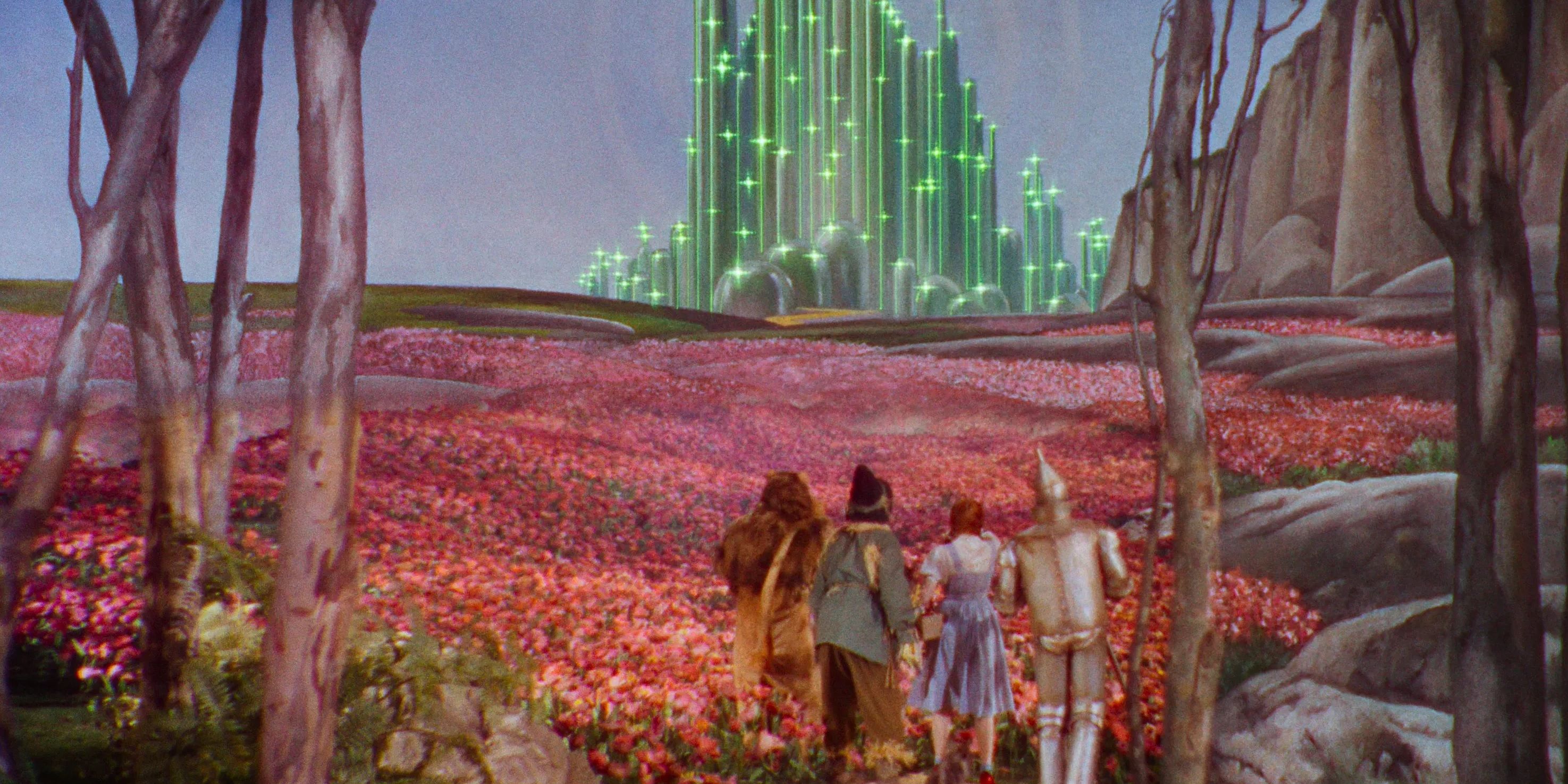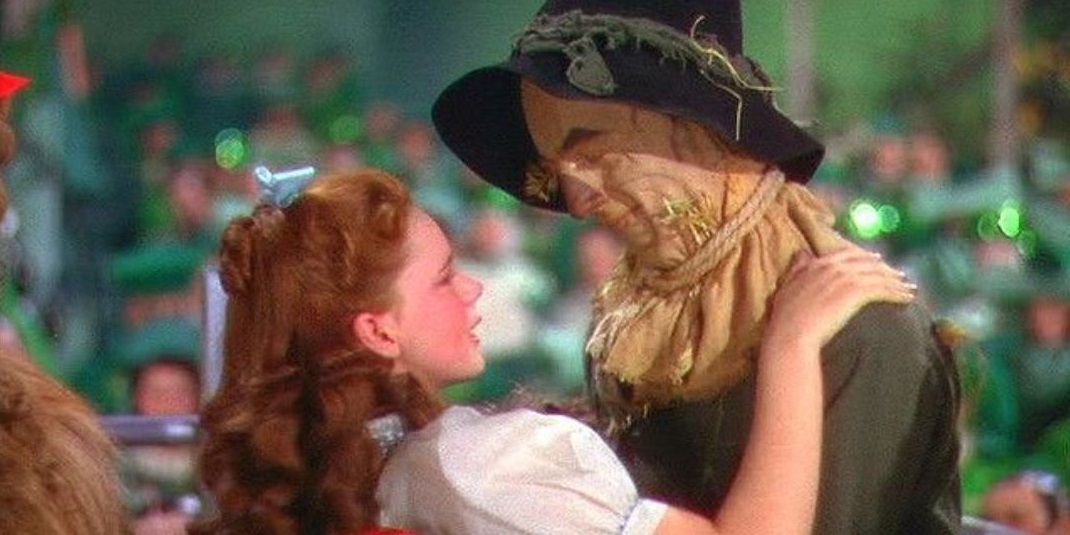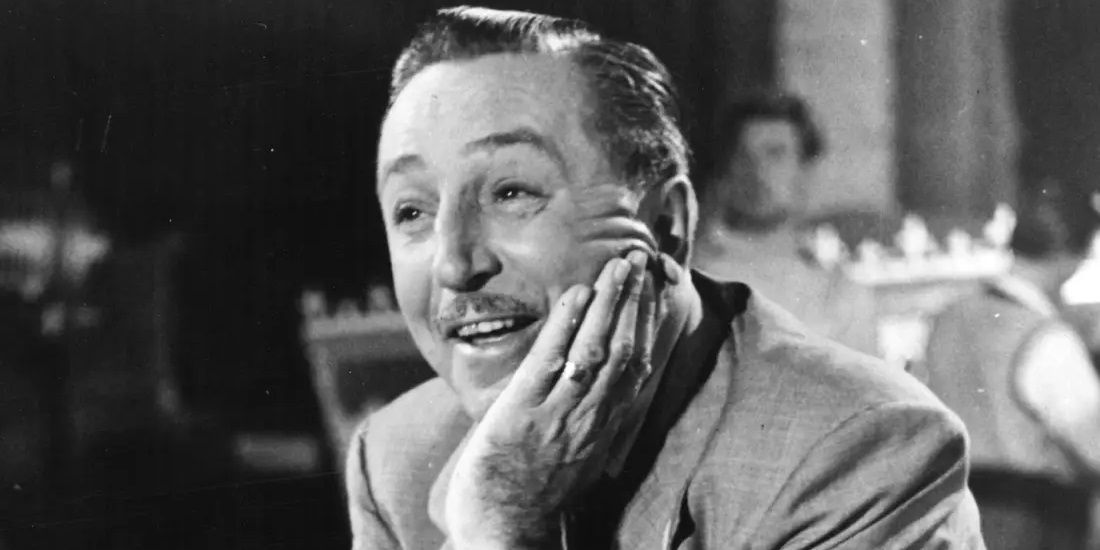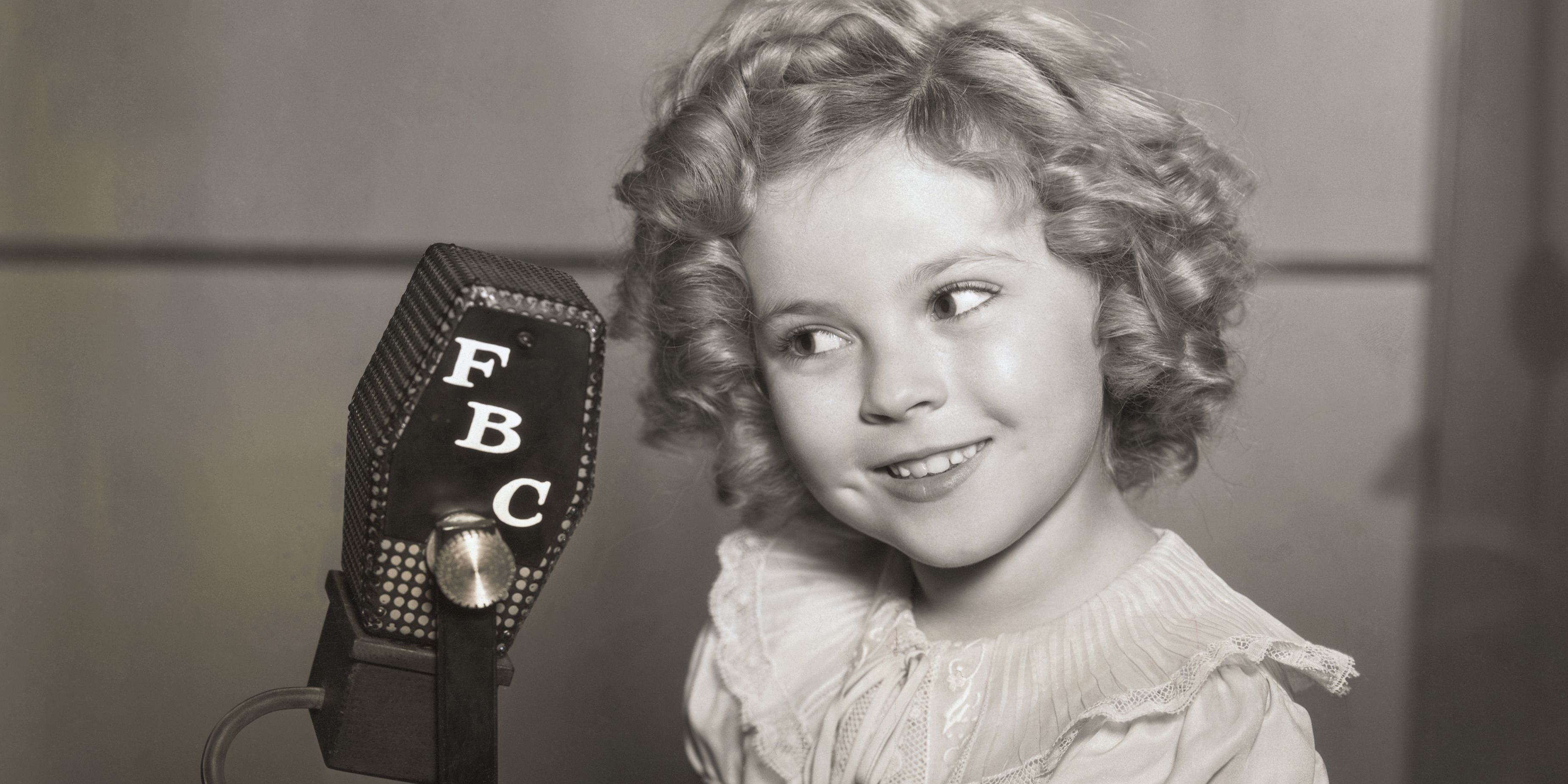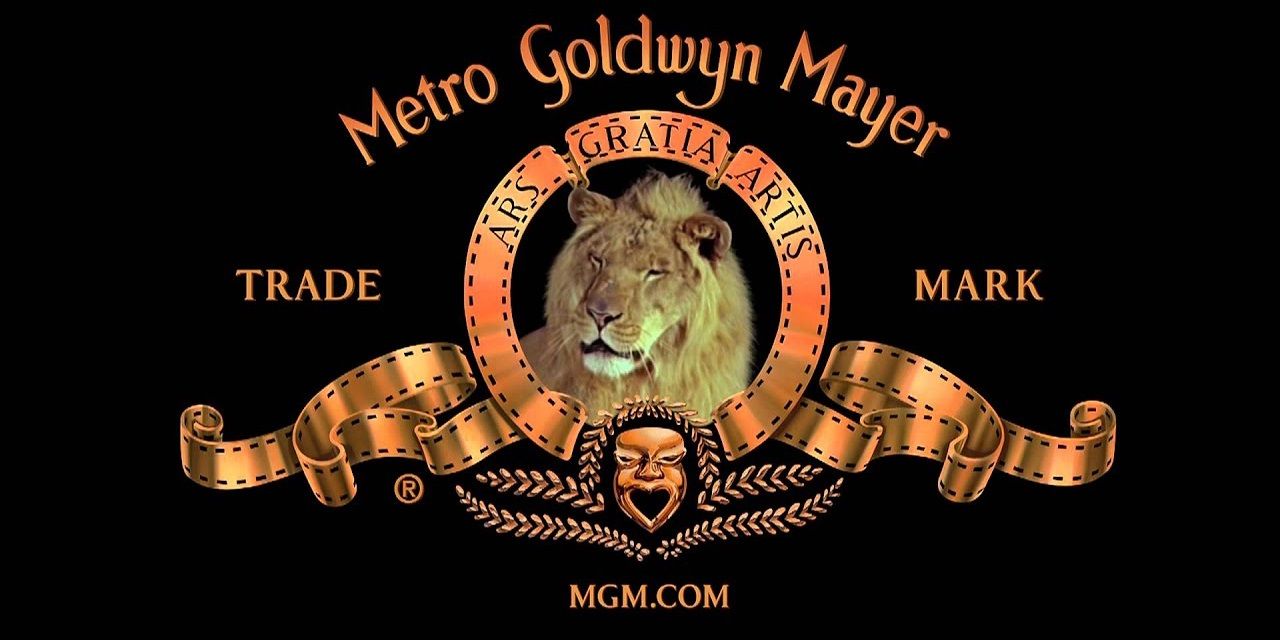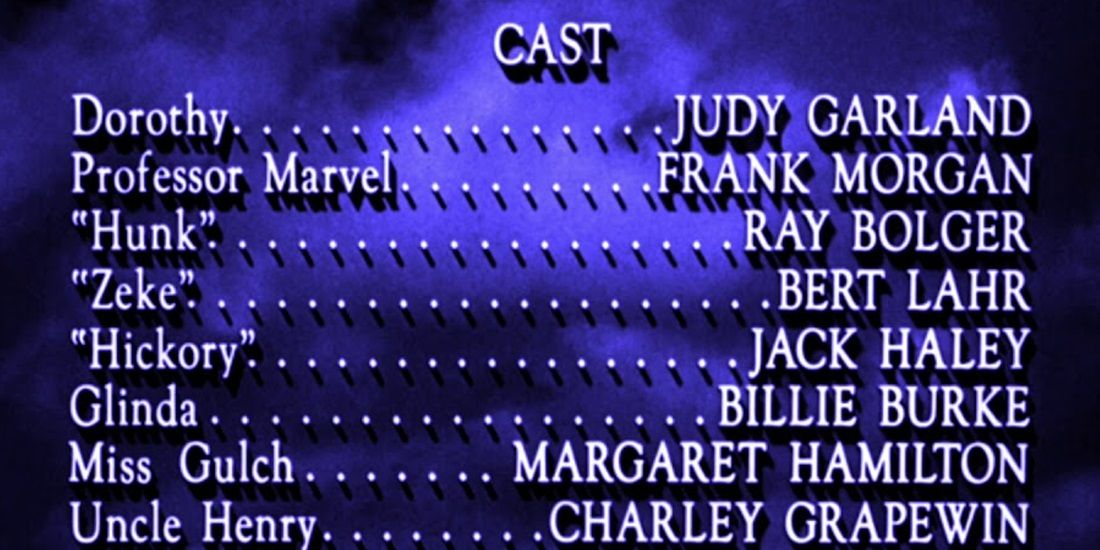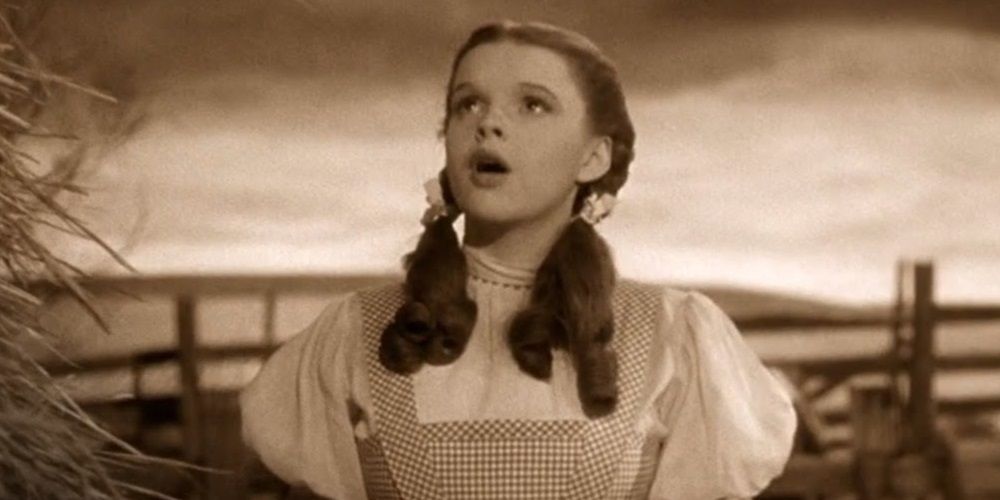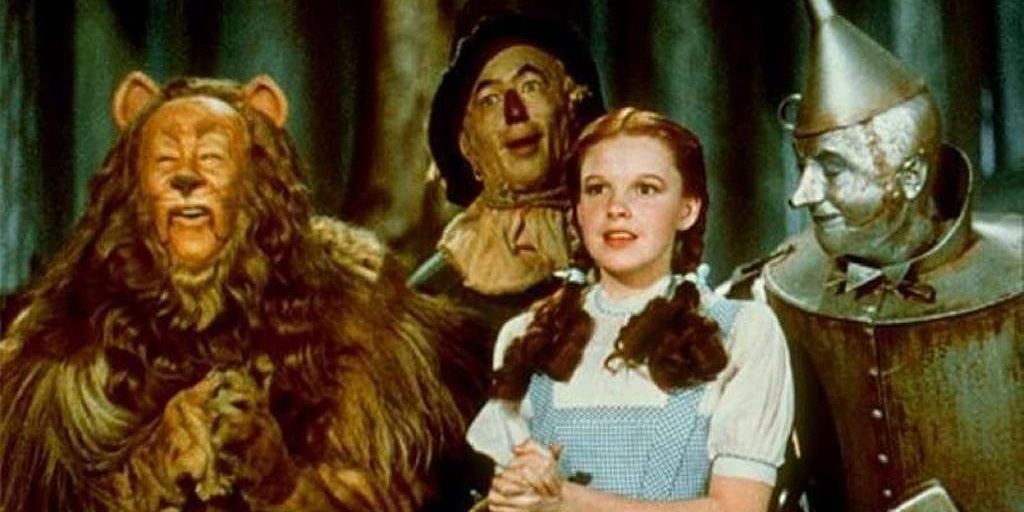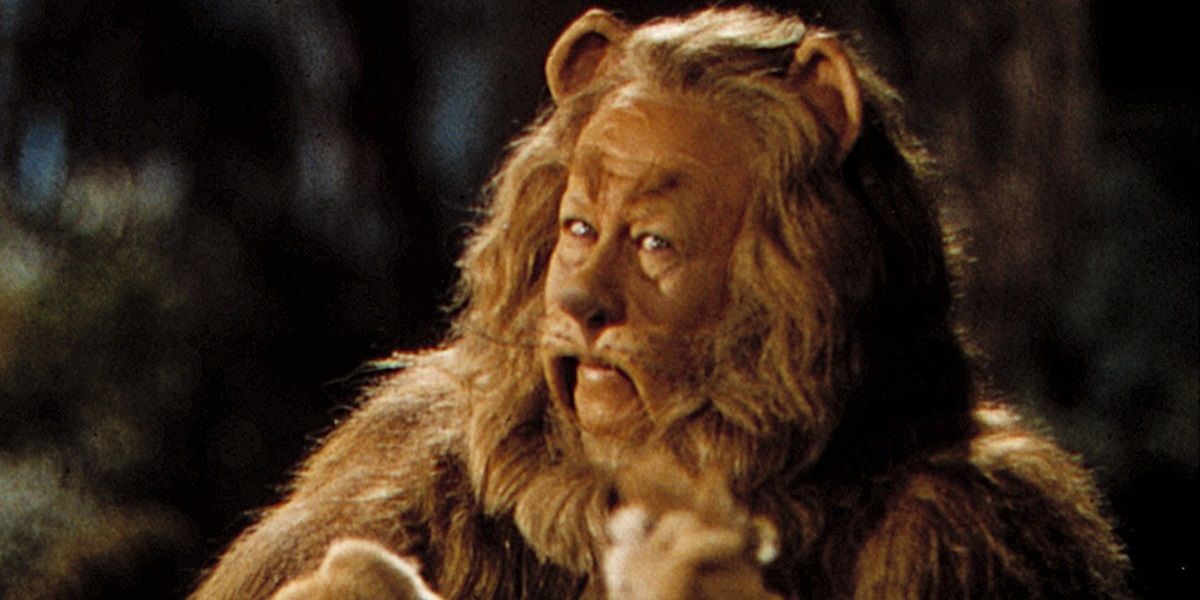One of Hollywood’s most timeless classics, The Wizard of Oz was determined in a recent study to be the most-viewed movie ever made. It airs on TV all the time and is available on all kinds of home media, so every generation of kids since the movie’s initial release has been able to see it.
L. Frank Baum’s beloved tale about a young girl’s journey through a fantasy world went through 14 screenwriters and five directors on its way to the big screen, but The Wizard of Oz's difficult production turned out to be worth it as it resulted in a true masterpiece.
An Early Draft Of The Script Implied A Romance Between Dorothy And The Scarecrow
An early version of the draft included a scene at the end that implied a romance between Dorothy and the real-life counterpart of the Scarecrow, as he went off to agricultural college and she promised she would write to him.
While this scene was never filmed, Dorothy’s affection for the Scarecrow in Oz – like when she says he’s the one she’ll miss “most of all” – was clearly intended to set this up.
Walt Disney Developed A Competing Oz Project
Early in MGM’s development of The Wizard of Oz, Walt Disney began working on his own Oz project as his follow-up to Snow White and the Seven Dwarves. To avoid competition, the two studios met to discuss combining their projects into a live-action/animation hybrid with MGM doing the live-action and Disney doing the animation.
Eventually, scheduling conflicts called off the collaboration and Disney scrapped his Oz movie and moved on to other projects in order to avoid competing with MGM.
Shirley Temple Was Considered To Play Dorothy
Judy Garland was always the top choice to play Dorothy, but a bunch of other stars were considered for the part. Shirley Temple was under contract at 20th Century Fox, but MGM managed to cut a deal to borrow her for The Wizard of Oz in exchange for allowing Clark Gable and Jean Harlow to star in Fox’s Old Chicago. However, this was called off when Harlow died.
This story is unconfirmed, because Harlow died in 1937 and MGM bought the rights to Oz in 1938. The producers decided Temple’s singing voice wasn’t strong enough for the role, anyway.
MGM Wanted The Lion From Its Logo To Play The Cowardly Lion With An Actor Dubbing The Lines
MGM executives wanted to cast Leo the Lion, the iconic lion from their logo, in the role of the Cowardly Lion. They would’ve hired an actor to dub over the character’s dialogue and Dorothy, the Tin Man, and the Scarecrow would’ve been joined by an actual live lion on the set.
Unsurprisingly, the insurance company wouldn’t even entertain the idea and Bert Lahr was cast to play the Cowardly Lion in a costume.
The Wizard Of Oz Was Shot Almost Entirely On Studio Lots
The only footage in the entirety of The Wizard of Oz that was shot on location are the clouds that appear over the opening titles.
The shot of Dorothy’s house falling from the sky was achieved with some movie trickery. A miniature house was dropped onto a painting of the sky on the soundstage floor, then the film was reversed to make it look like the house was falling out of the sky.
“Over The Rainbow” Nearly Got Cut
MGM almost cut the “Over the Rainbow” musical number from The Wizard of Oz, because executives felt that it made the Kansas-set opening too long, and also worried it would go over kids’ heads.
Luckily, the executives allowed the number to stay and “Over the Rainbow” was later given the top spot on the American Film Institute’s list of the 100 Greatest Songs in American Films.
The Original Director Was Fired 12 Days Into Filming
Ultimately, 14 screenwriters and five directors worked on The Wizard of Oz. The original director was Richard Thorpe, but he was fired after 12 days of filming. Thorpe gave Judy Garland a blonde wig and “baby-doll” makeup that didn’t work for the character.
Before his eventual replacement, Victor Fleming, was found, George Cukor was hired as an intermediate director and his first order of business was to get rid of the wig and a lot of Garland’s makeup. His main note to Garland was to just be herself.
Bert Lahr’s Cowardly Lion Costume Weighed 90lbs And Stank
Bert Lahr’s Cowardly Lion costume weighed a whopping 90lbs, as it was made from real lion skin. Wearing the costume was already hot, but the heat from the set lights would often raise the temperate to more than 100 degrees Fahrenheit.
Lahr sweated so much in the costume that it would be drenched by the end of the day. There were two whole jobs on The Wizard of Oz crew dedicated to drying out the costume overnight. It was rarely cleaned and, according to one crew member, “it reeked.”
A Lot Of The Wicked Witch’s Scenes Were Cut Because She Was Deemed Too Scary
Margaret Hamilton was a lifelong fan of the Oz books, so she was ecstatic when her agent called to say she was up for a part in the film adaptation. She asked which part and her agent cracked, “The witch, who else?” A lot of the Wicked Witch’s scenes ended up getting cut, or drastically trimmed down, because executives thought Hamilton’s performance was too scary.
Hamilton was nothing like her character on set. Judy Garland found it difficult to pretend to be scared of Hamilton, because she was so delightful off-camera.
The Producers Didn’t Break Even Until A Decade After The Movie’s Initial Release
The budget of The Wizard of Oz was so inflated – the effects were expensive and the cast was made up of huge contemporary stars from vaudeville and Broadway – that every moviegoer in the world at the time buying a ticket wouldn’t be enough to recoup the production costs.
Naturally, it was set up to bomb at the box office, despite the laudatory reviews from critics. The producers of the movie didn’t break even until a decade after the initial release.

